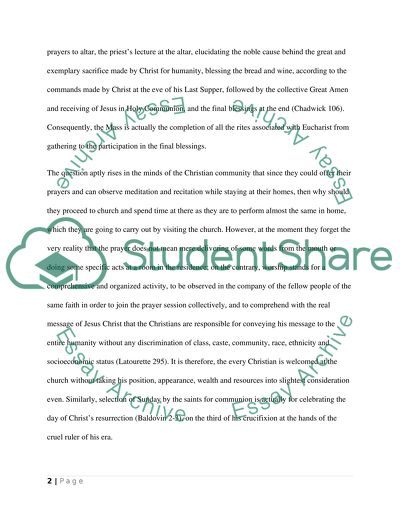Cite this document
(“The Religious Teachings and Rituals of the Faith Essay”, n.d.)
Retrieved from https://studentshare.org/religion-and-theology/1457776-eucharist
Retrieved from https://studentshare.org/religion-and-theology/1457776-eucharist
(The Religious Teachings and Rituals of the Faith Essay)
https://studentshare.org/religion-and-theology/1457776-eucharist.
https://studentshare.org/religion-and-theology/1457776-eucharist.
“The Religious Teachings and Rituals of the Faith Essay”, n.d. https://studentshare.org/religion-and-theology/1457776-eucharist.


